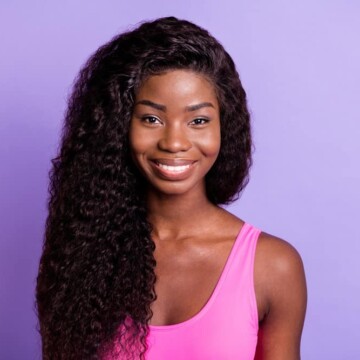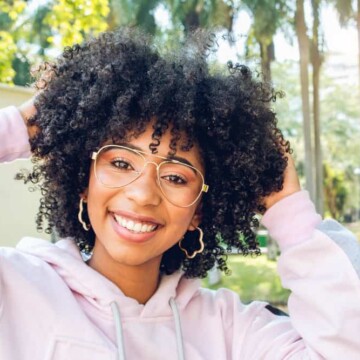
Dreadlocks are one of few hairstyles that show no sign of going out of style. The timeless hairdo has been embraced in countless cultures and continues to influence ongoing trends.
But where did dreadlocks originate? The truth may surprise you. In this article, we’ll school you on the history and origin of dreadlocks.
Table of Contents
Where Did Dreadlocks Originate?
Ancient Egypt is the true birthplace of dreadlocks. Some ancient Egyptian mummies were found to have had dreadlock wigs from 1400 BCE. These mummies are solid evidence that dreadlocks originated in ancient Egypt based on the timeline of other historical events.
Even with these historical events, the true origin of dreadlocks is a topic of ongoing debate, primarily because the style holds significance in so many cultures; some of these include the Egyptians, Greeks, and even Hindus.
But at the end of the day, the only objective approach to determining the origin of dreadlocks is from factual historical data.
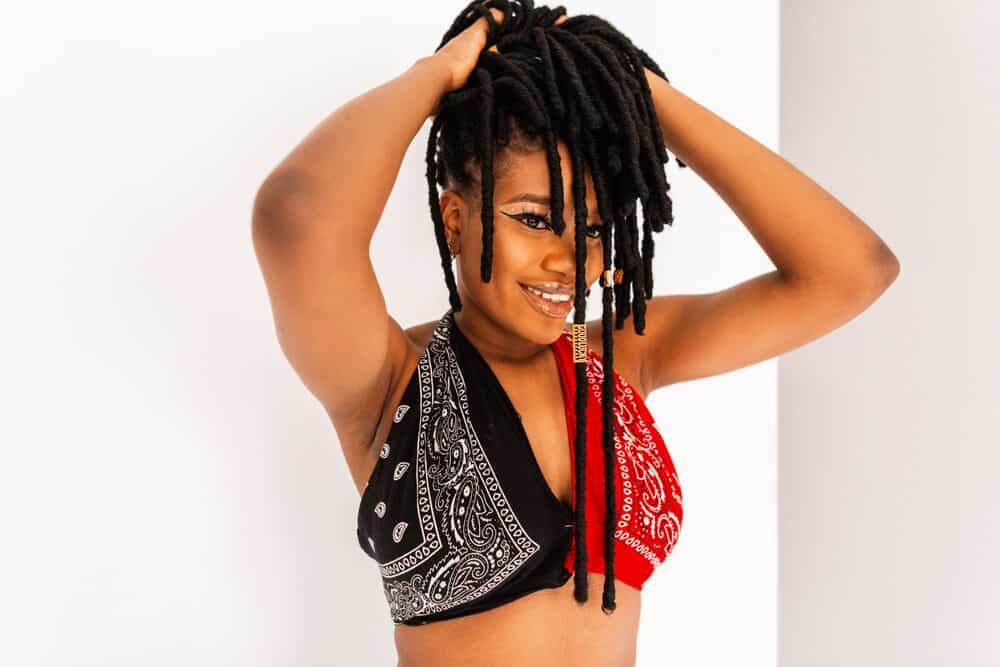
Greek Origin
In 2013, history expert Chris Blencowe wrote a book entitled 'The Guiding Shadow,' where he mentioned that the Greeks were the first to discover dreadlocks.
He cited evidence in the form of a painting by a man named Marsyas.
The image in question (dating back to 500 BCE) was of two young men, described as young boxers in those days. The intriguing thing about the photo was the hair on the men's heads. It appeared interlocked, slightly curly, and long– just like modern dreadlocks.
The image would certainly imply that Greeks have worn dreadlocks for many years.
Indian Origin
Another hypothesis states that the Indians were the first culture to wear dreadlocks. However, this hypothesis has not been backed up by empirical evidence.
Religious accounts and documentation have made it known that Lord Shiva of the Hindu culture and religion wore dreadlocks. But, the date can't be traced because the myth states that Lord Shiva was automatically created and not born.
That is why this hypothesis is (for reasons of this article) disregarded when it comes to the origin of dreadlocks.
Even so, we believe that cultural appropriation is a non-issue since many Indians wear locs because of Lord Shiva and the history of dreadlocks within Indian culture.

Ancient Egypt: The True Place of Origin
This leaves us with the only other evidence able to stand with the Greeks - the Egyptian mummies. A French Egyptologist discovered the remains of a mummy with a tightly glued-on dreadlock wig dated back to 1400 BCE.
The mummy, who is believed to have been an Egyptian noble named Maiherperi, became golden proof that the Egyptians did know about locking hair, even before the Greeks.
The fact that Egyptian mummies were found to have had dreadlock wigs dating back to over 1400 BCE and even earlier is a solid indication that this is where dreadlocks originated.
Whether this was a result of purposeful hair neglect or intentional hair locking, the fact remains that Egypt is the place of origin for dreadlocks.
Other Cultures with a Historical Connection to Dreadlocks
Aside from the founding cultures of dreadlocks, other cultures have a deep connection to the style. Below are noteworthy mentions of the cultures that locked their hair long before the Common Era (CE) began.
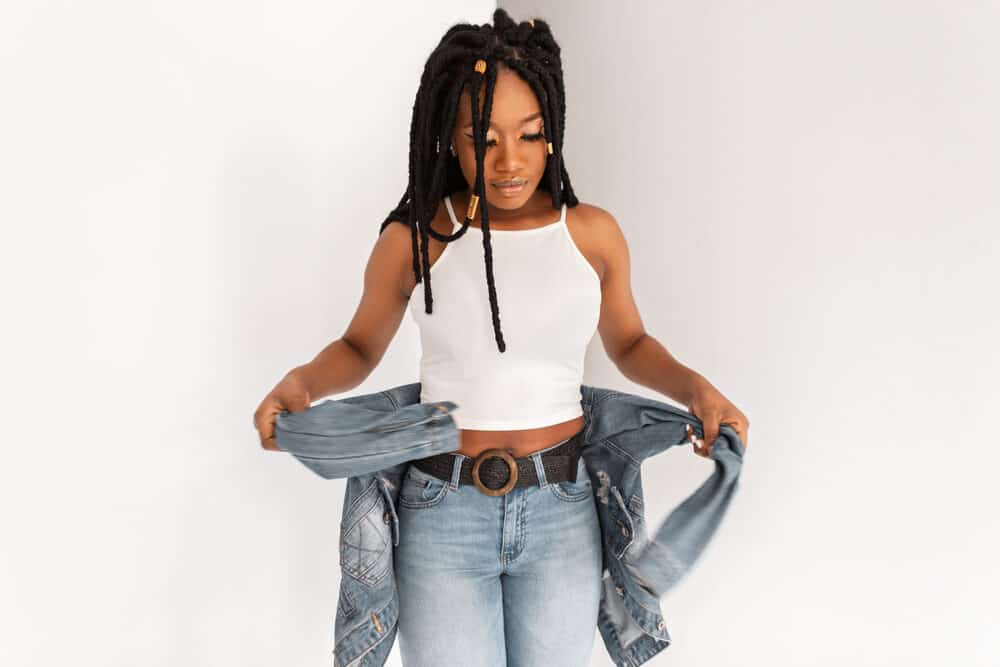
1. Massai Tribe
Africans have been accustomed to wearing dreadlocks for a long time, such that the hairstyle is widely regarded as a ‘Black hairstyle' since it's often connected to black culture.
The Maasai are an African tribe known to wear dreadlocks as a form of tradition.
Although there wasn’t a specific date when the tradition began, the Maasai men (warriors, to be exact) are known to wear dreadlocks dyed in red root extracts from the soil.
The hairstyle is used to distinguish a warrior from the other members of the tribe.
Another sign of Africa’s historical record of dreadlocks lies within Ghana’s Akan groups. All the priests wore locs as a symbol of spirituality.
A few commoners also wore them, specifically those who wanted to feel closer to their spirits. Dreadlocks were referred to as Mpɛsɛ, and their prominence spilled over into Jamaica during the slave trade era.
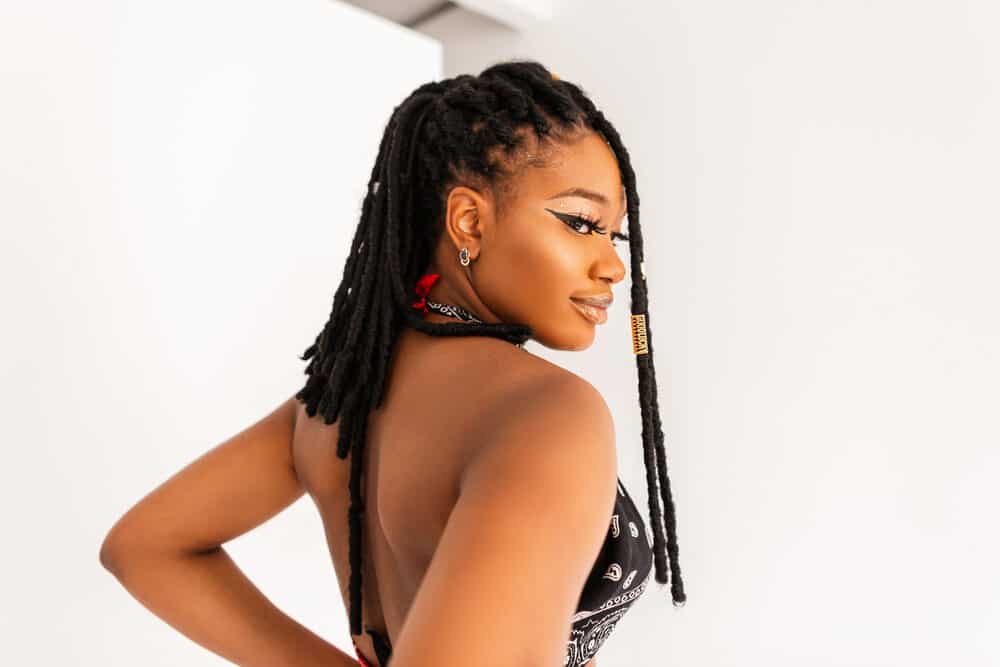
2. Celtics and Druids
The history behind the Celtic dreadlock is found in archeological findings and folktale stories.
Some believe that the stories are simply mere words spoken by old men and women around the fireplace to get the little ones to sleep, while others believe that it is history passed down through generations.
Although the story doesn’t have much empirical backing (similar to the findings with Lord Shiva), archeologists have found remains of ancient druids with locked hair, giving the story the chance to live on in books and historical records.
The story goes that fairies played in and out of children’s hair while they slept, hence uniquely locking their hair.
However, the generational flow of the story and all knowledge of it faltered after the Romans infiltrated the community with Christianity and banned belief in anything or anyone other than Christ.
Nonetheless, in today’s world, the Celts and Druids are associated with fairy locks much more than any other culture.
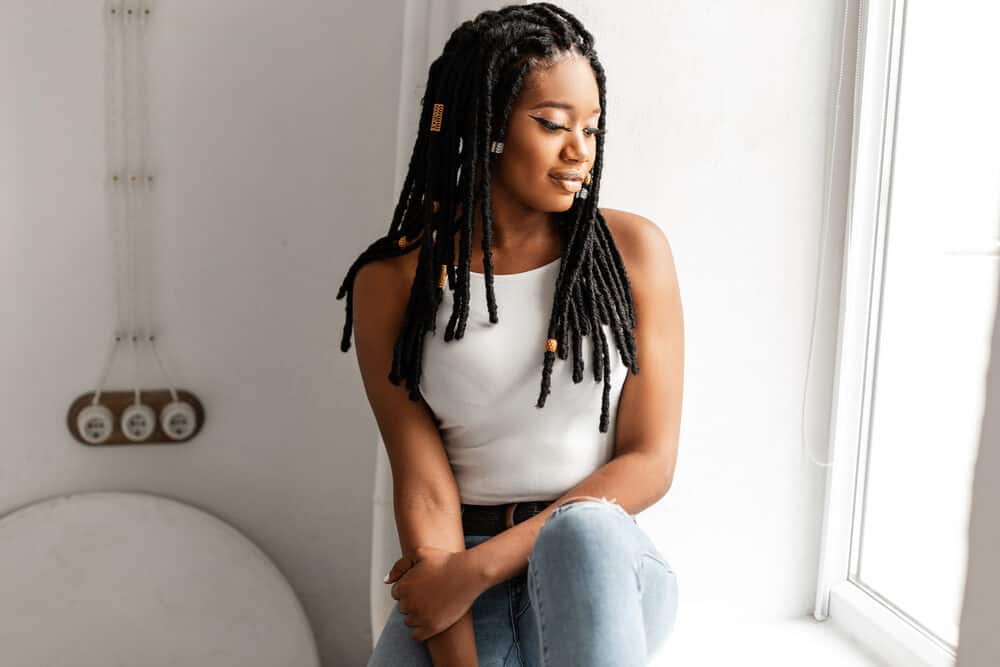
3. Judaism
Judaism, the religion that supports the Abrahamic faith, also has a dreadlock-filled past. A well-known figure that was reported to wear dreadlocks is Samson; he was a powerful man who could kill a lion with his bare hands.
Though he lost his powers when his hair was cut off, he was always depicted with seven locks strands in photos.
Also, an oath in the Book of Numbers states that all Nazirites should refrain from cutting the hair on their head but let the locks grow freely.
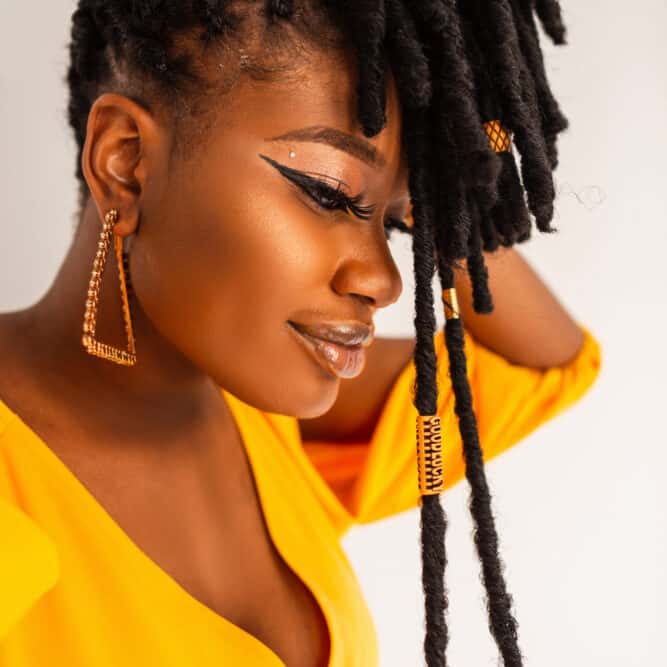
4. Poland
The polish culture is the only one on this list that associated dreadlocks with an illness. The region was known for its polish plaits hairstyle that looks very similar to dreadlocks.
From a superstitious perspective, polish plaits were believed to be the physical indication of a person’s freedom from a deadly illness.
When the sickness leaves the body, it moves to the hair causing it to tangle (creating a polish plait). The hair was usually untouched because another myth was that cutting, trimming, or trying to comb out the hair could lead to even worse bodily illnesses.
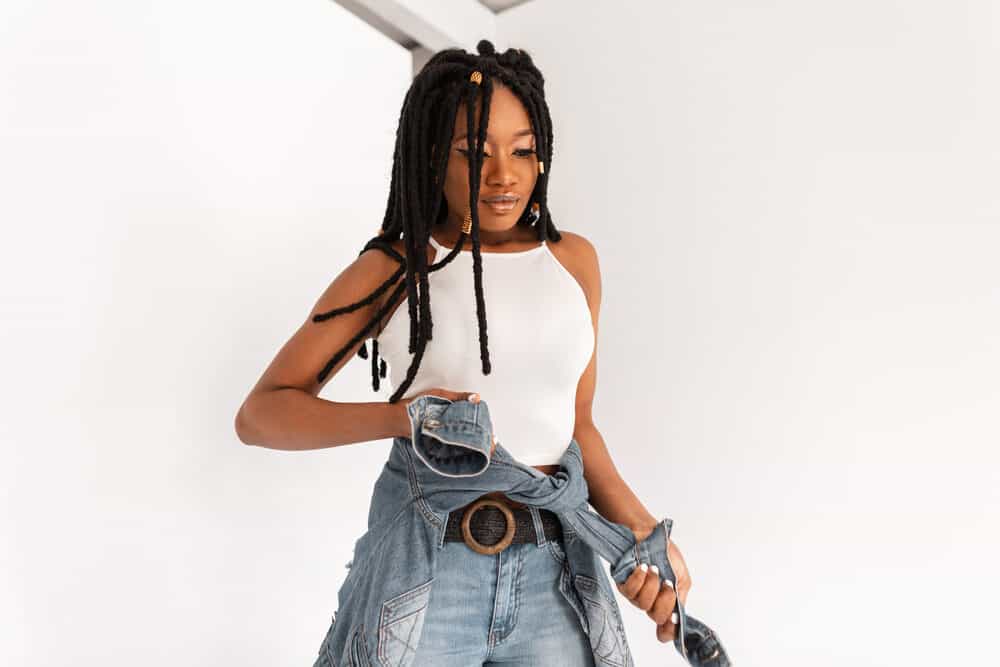
5. Rastafari
A popular figure from the Rastafari religion is Bob Marley. He is credited with bringing dreadlocks into the modern world as a symbol of fashion and expression of self.
However, the Rastafari formed unique beliefs surrounding hair even before Bob Marley.
The tradition began after the exile of the political and religious Ethiopian leader, Ras Tafari, in the 1930s. As a result of his exile, the people who followed him, referred to as Rasta, swore to leave their hair unattended until his political leadership was reinstated.
Due to this, a new culture was created – called Rastafari, and it was characterized by people who lived a balanced lifestyle with dreadlocked hair.
Uncombed and left to grow untended to, it was usually dyed and adorned to honor the royalty of their emperor.
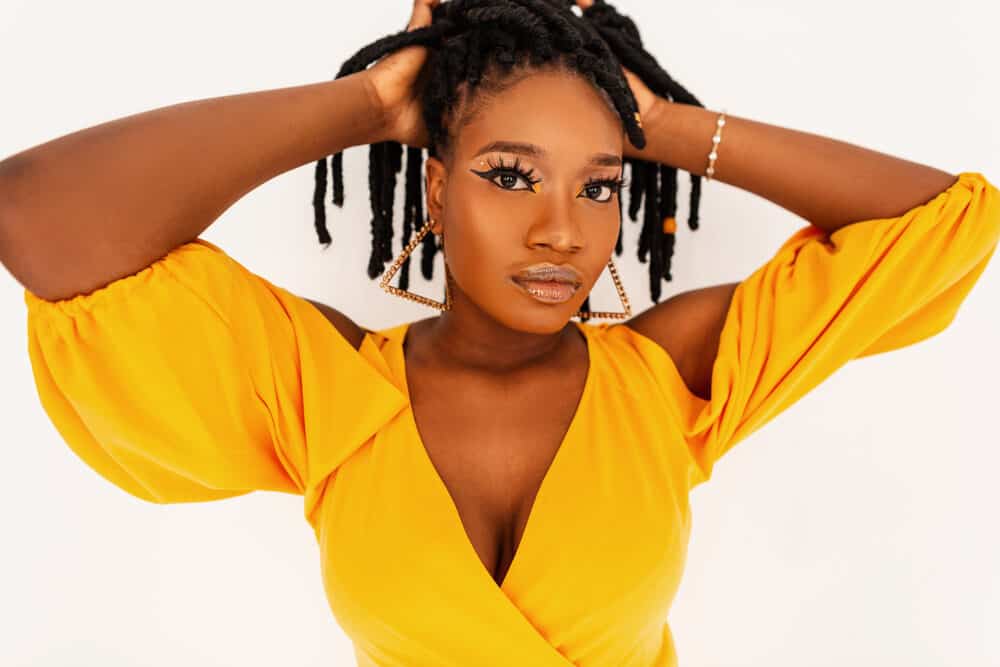
6. Aztec
Aztec priests were known for their matted hair. It was long (often reaching past their knees to the floor). Sometimes, it would be odorous and moldy.
Their dreads came about because young nobles were disallowed to focus on anything but their spirituality and studies, which left their hair to grow in an interwoven pattern.
When these nobles became priests afterward, they consequently left their hair as it was, thereby creating a culture around the priest’s dreadlocks.
Note: This is not an exhaustive list of cultures connected to dreads.
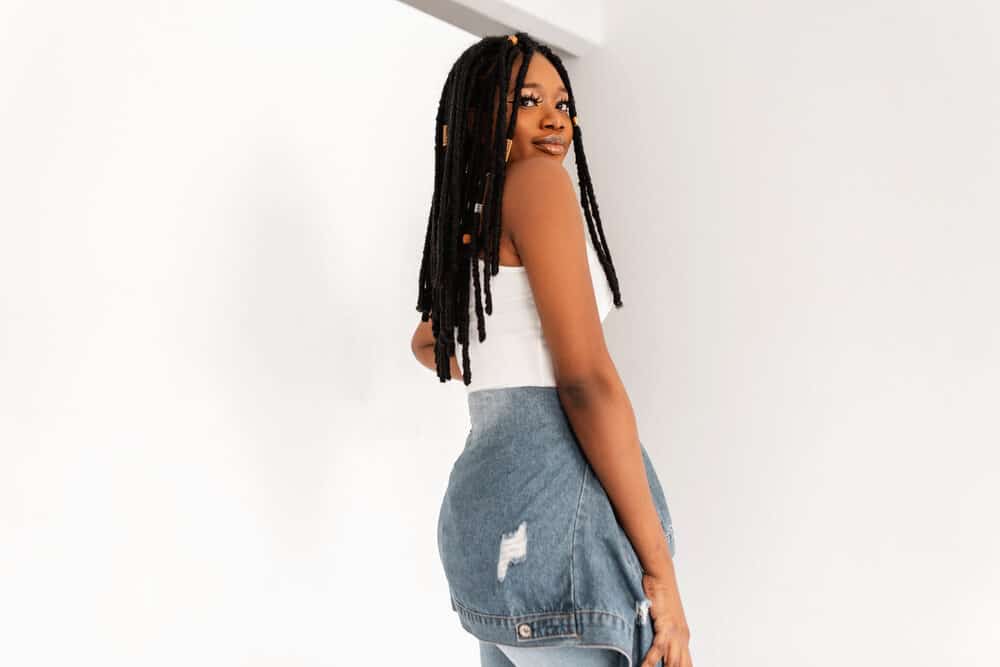
- Did Vikings Have Dreads or Braids?
- How to Form Congo Dreads
- How Many Years Does It Take To Grow Dreads
- How Long Does It Take to Wick Dreads
There you have it! Despite the many potential answers to the question of where dreadlocks originated, there can only be one true answer – the Egyptians.
We trust that this article has been helpful to you, having given matter-of-fact information about where dreadlocks originated. We also hope that we’ve communicated the fact that dreadlocks are much more than a hairstyle.
Dreadlocks are so much more than just a hairstyle. Dreadlocks are associated with an extensive line of historical adoption dating back centuries, across different cultures, traditions, and religions.
Some links are scientific and utilize archaeological data, while others are based on superstitions and folktale stories.
The more you know, the more you realize that Black people aren’t the only ones that can take claim to locs – they are much more widespread than most people think!

